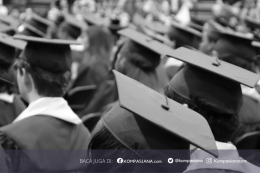Redefine Project-Based Learning
Project-Based Learning has great potential when implemented correctly. Instead of leaving students to figure everything out on their own, teachers should provide structured guidance throughout the project. Offering clear instructions, regular check-ins, and constructive feedback can help students stay on track and avoid frustration. PBL should be about exploration and creativity, not a test of independent skills. By balancing autonomy with support, educators can ensure that students engage deeply with the material and enjoy the process.
Integrate Play and Creativity into Learning
Introducing elements of play and creativity can transform the learning experience from monotonous to exciting. Play is not just for younger students; it can be incorporated into lessons for all age groups. For example, educators can use games, simulations, and role-playing activities to make abstract concepts more tangible. Creativity can also be encouraged through open-ended projects, where students have the freedom to express their understanding in various formats, such as art, writing, or digital media.
Foster Positive Relationships
Strong teacher-student relationships are key to creating a joyful learning environment. When students feel that their teachers care about them as individuals, they are more likely to be motivated and engaged. Positive relationships also build trust, which is essential for a safe and supportive learning atmosphere. Educators should take time to get to know their students, listen to their concerns, and provide encouragement. Building rapport not only makes the classroom more enjoyable but also promotes better learning outcomes.
Reduce Administrative Burden on Teachers
One of the most significant barriers to joyful teaching is the overwhelming administrative load placed on educators. To create a more positive teaching and learning environment, schools should look for ways to streamline administrative processes and reduce paperwork. Technology can play a role here, with automated grading systems, digital lesson planning tools, and communication platforms that simplify tasks for teachers. By freeing up teachers' time, schools can allow them to focus on what matters most: teaching and engaging with their students.
Conclusion
To build the joy of learning, we must address the structural and cultural challenges that currently hinder the educational process. Teachers should be empowered to adopt student-centered, collaborative approaches, while also receiving the support and resources needed to manage their workload effectively. Students, meanwhile, should be given opportunities to explore, create, and collaborate in a supportive, stress-free environment. When learning is approached as a joyful and engaging experience, both teachers and students can thrive. It's time to make the joy of learning a priority in our schools and classrooms, for the benefit of all.
Follow Instagram @kompasianacom juga Tiktok @kompasiana biar nggak ketinggalan event seru komunitas dan tips dapat cuan dari Kompasiana. Baca juga cerita inspiratif langsung dari smartphone kamu dengan bergabung di WhatsApp Channel Kompasiana di SINI








